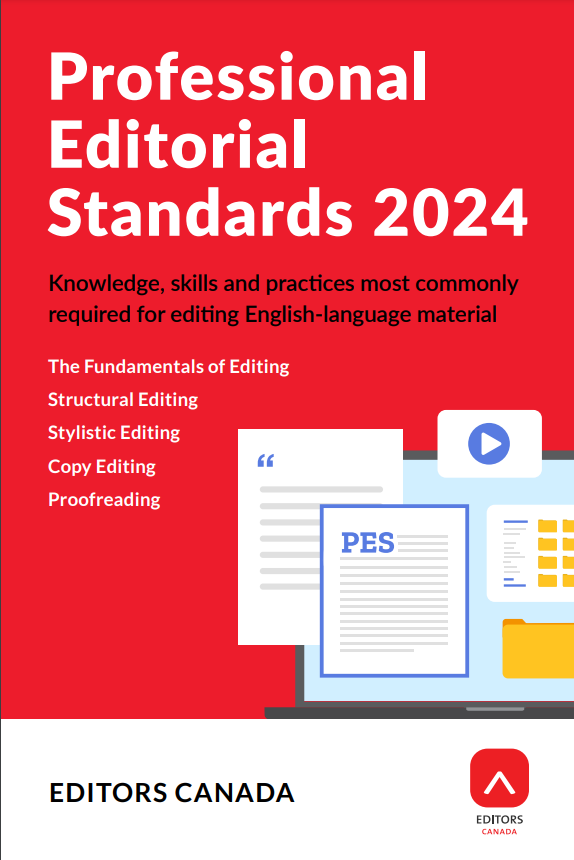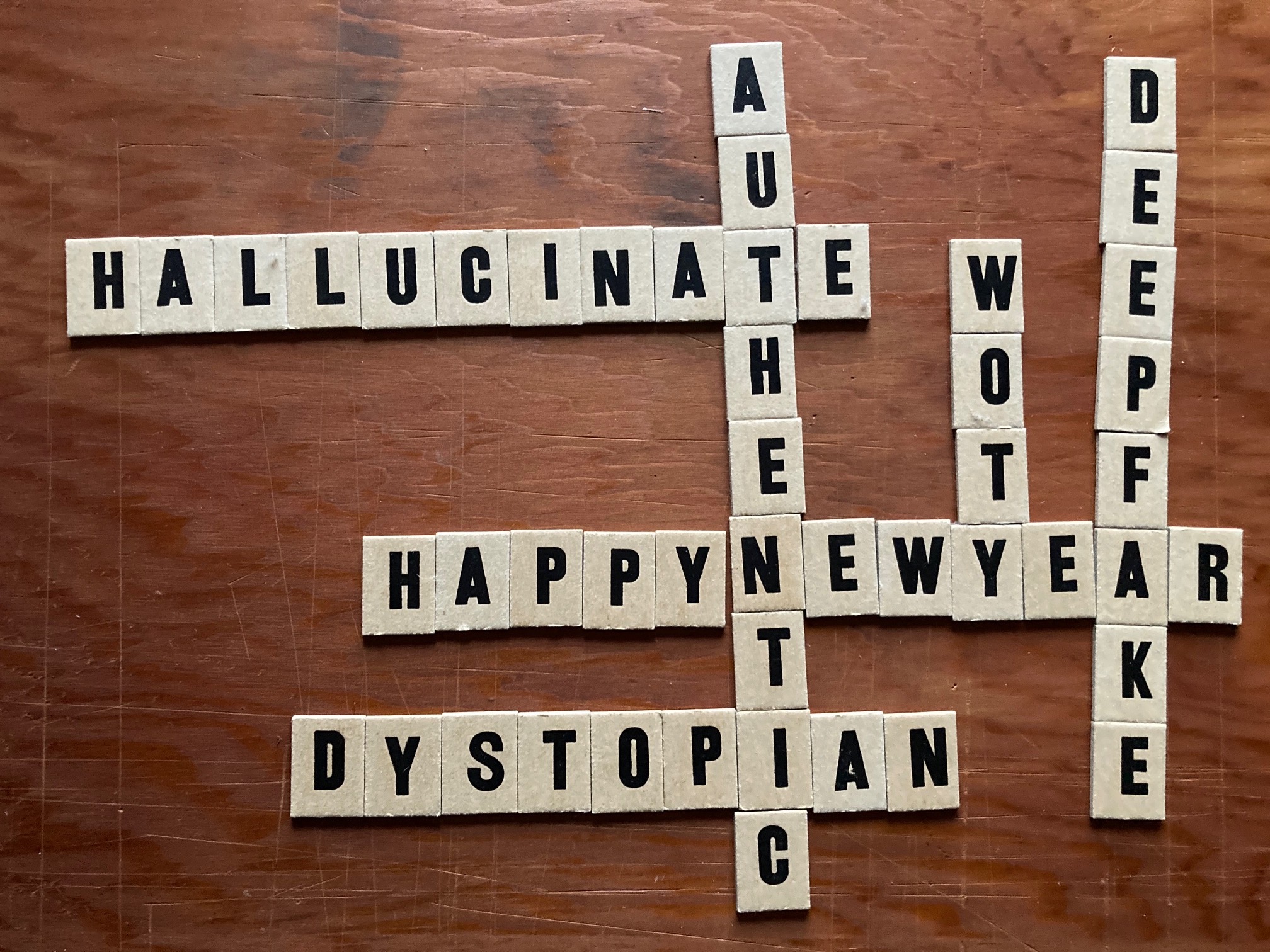Editors Canada's updated Professional Editorial Standards move our profession forward.
What is editing?
 “What exactly is editing?” my neighbour asked recently. “You seem to spend a lot of time staring out the window, peering at the computer screen, or flipping through books.” It was a reasonable question from a person who has to walk by my office window to get to and from his front door and whose own job involves sitting only when on a break. It’s a question many clients ask too, when we first meet.
“What exactly is editing?” my neighbour asked recently. “You seem to spend a lot of time staring out the window, peering at the computer screen, or flipping through books.” It was a reasonable question from a person who has to walk by my office window to get to and from his front door and whose own job involves sitting only when on a break. It’s a question many clients ask too, when we first meet.
Editing, like many words, can take a lot of modifiers. We talk about book editing, video editing, or journal editing. Or fiction editing, academic editing, or medical editing. And people who edit—editors—also go by a lot of different names. Editor-in-chief. Acquisitions editor. Production editor. Freelance editor. Story editor. Proofreader. With so many ways to describe what we do and who we are, it’s no wonder that people are confused.
The bottom line, however, is that text editing typically involves four stages—structural editing, stylistic editing, copy editing, and proofreading—carried out in that order. The idea is to begin with the big-picture elements and then look at the finer points. These four stages apply to any type of writing—from speeches to poetry, curriculum documents, user manuals, and annual reports—and most documents will benefit from all of them. Shorter or less-important documents, like emails, may need only the last one or two stages of editing.
Structural editing, which is also known as substantive editing or content editing, deals with how the material is organized. Is it in a logical order? Is the story complete or are parts of it missing? Are some parts of the story taking readers away from the main idea? Do the ideas advance our understanding of the subject? Many stories can be structured in more than one way, but the approach should be consistent from start to finish. Structural editing can also involve thinking about how photos, maps, or other graphic or audio material will fit with the text. Storyboards or book maps can help to keep track of all these big moving parts.
Stylistic editing begins when all of the big pieces are in place. This stage, also known as line editing, deals with the flow and coherence of ideas within and between paragraphs. For example, is the meaning of each sentence clear? Do the sentences in a paragraph support the main idea? Is the transition from one idea to another smooth? Is the language level appropriate for the audience? Stylistic editing helps to sharpen writing by replacing abstract terms with more concrete ones, pruning unnecessary words, and eliminating clichés and jargon.
Copy editing follows stylistic editing and deals with the mechanics of grammar and spelling at the sentence level. Copy editors bring consistency to the document, ensuring that all repeated elements are treated the same way. Are numbers spelled out or are they set as numerals? Does the document use a comma before “and” or “or” in a series? Are all headings in the correct size and font? Is the punctuation appropriate? Is the grammar correct? This stage ensures that the general facts are correct and that the text is as clean as possible before it’s designed.
Proofreading means looking at the document in its final designed format. This stage involves checking not only the text itself but also the way it appears on the page, on a website, or in a video. If graphics or audio are involved, are they in the right place and are the captions or subtitles accurate? Has any of the text been inadvertently dropped or cut off? Did all special characters and type treatments such as bold or italics carry over properly? Are there any lingering typos or other issues with the text? The proofreader is the last person to review the document before it goes out into the world.
When we talk about editing, we can be talking about any or all of these stages—which is why I begin many conversations with new clients explaining these differences so we can both be clear about the work we’re doing together. Editors Canada’s definitions of editorial skills is a helpful summary document.
To my neighbour and others, editing might look like staring out the window, peering at the computer screen, or flipping through books. But as I’m staring out the window or peering at my computer screen, I’m often working out how the pieces of a book fit together (structural editing) or checking that the photos and captions of a magazine article match (proofreading). And when I’m flipping through books, I might be checking a spelling (copy editing) or reviewing comparative titles to get a feel for the language level (stylistic editing). Of course, it is also possible that I’m daydreaming about the place I’m reading about or the latest fact I’ve learned from whatever I’m editing—but if that’s the case, I’m not telling!
This Post Has 2 Comments
Comments are closed.




Nice and succinct!
Thanks, Chris. I’m glad you’ve found this post useful.